Why My Monstera Leaves Curling - 8 Reasons And How To Fix
Written by Ivy
Jan 05 2023
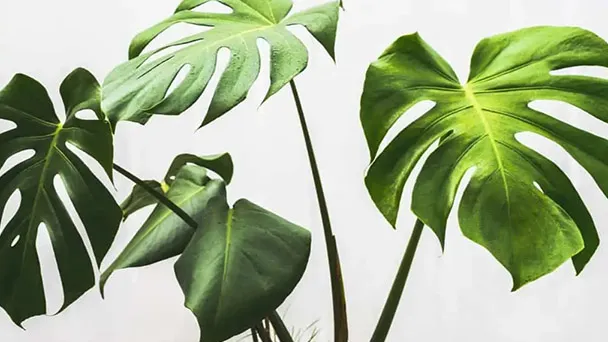
Monstera is a tropical rain forest type foliage plant. Monstera will wrap around trees or walls and grow upward. The longer and bigger the leaves, it will look particularly spectacular. Potted turtle backed bamboo can also grow and grow tall.
If the potted monster at home has a perennial environment of high temperature and humidity, there is more scattered light every day to avoid exposure to the sun. In addition, it can grow very fast in spring, summer and autumn. If something clings and grows, it can grow taller and taller. If we find that the leaves of Monstera curl, it is generally the following 8 reasons. Let's learn it together.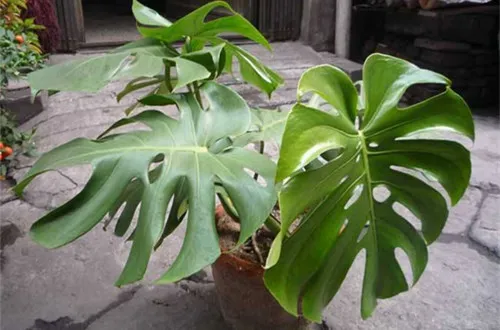 Monstera is a plant that likes a warm and humid growth environment. If the basin soil is not watered for a long time, it will lead to the problem that its leaves lack luster and soften due to lack of water. At this time, we need to water in time to avoid yellowing and curling of stems and leaves due to too long water shortage.
Monstera is a plant that likes a warm and humid growth environment. If the basin soil is not watered for a long time, it will lead to the problem that its leaves lack luster and soften due to lack of water. At this time, we need to water in time to avoid yellowing and curling of stems and leaves due to too long water shortage.
If the situation of monstera leaves curling is serious, we even need to remove the topsoil to check whether there is blackening and decay at the bottom of the rhizome, which should be handled in time.
If we find the rotten roots of Monstera, we should remove the pot soil in time. After removing the rotten roots, the bottom of the plant should be soaked in the bactericidal solution for half an hour before replanting with new pot soil. (Read More: Monstera Root Rot - Signs & How to Treat)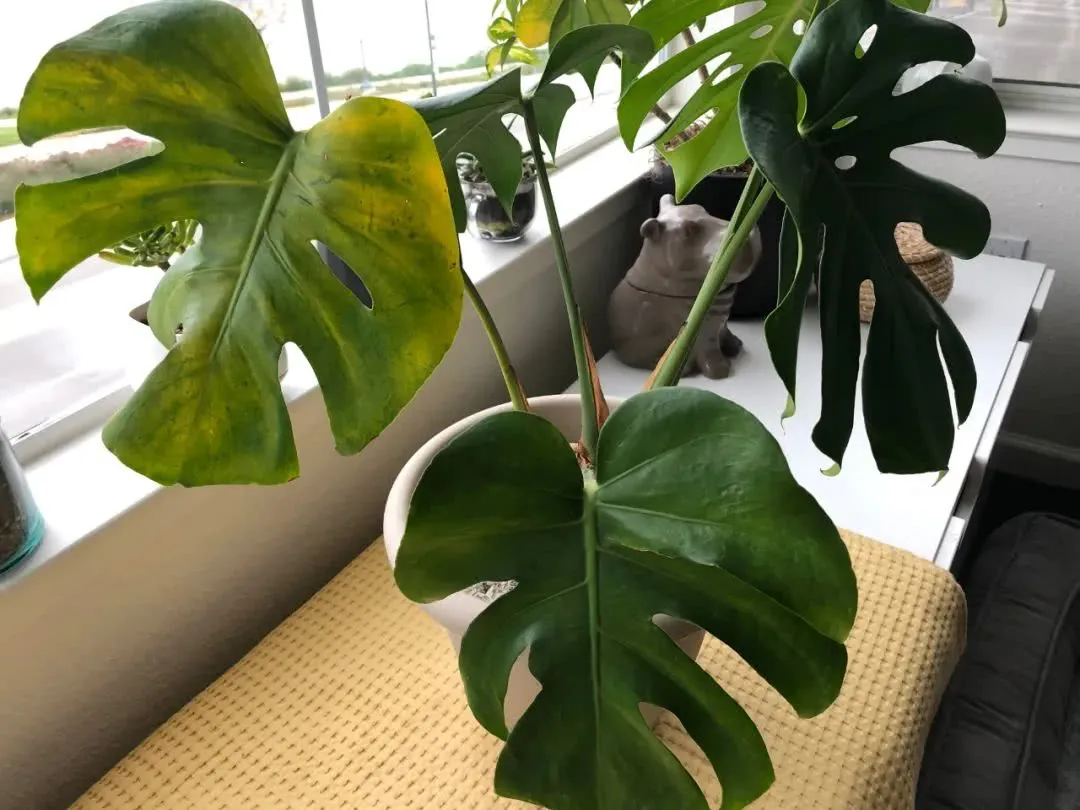 Monstera likes fertilizer but is not resistant to concentrated fertilizer. Excessive fertilization is also a common reason for the yellowing and curling of Monstera leaves. The yellowing and curling of Monstera leaves indicates that the fertilizer damage has occurred for some time, and the softening of leaves after fertilization indicates that the fertilizer damage begins to appear. At this time, it is in a room that can be saved. We need to use a large amount of water for watering and dilution, After treatment, ventilation shall be enhanced to prevent excessive moisture of basin soil.
Monstera likes fertilizer but is not resistant to concentrated fertilizer. Excessive fertilization is also a common reason for the yellowing and curling of Monstera leaves. The yellowing and curling of Monstera leaves indicates that the fertilizer damage has occurred for some time, and the softening of leaves after fertilization indicates that the fertilizer damage begins to appear. At this time, it is in a room that can be saved. We need to use a large amount of water for watering and dilution, After treatment, ventilation shall be enhanced to prevent excessive moisture of basin soil.
If the indoor humidity is below 40% for a long time, the state of Monstera will become worse, the leaves will curl and the edges of the leaves will turn brown.
Potted Monstera and other tropical foliage plants can be placed together, and the "rainforest effect" can be formed through transpiration to maintain the local humidity at a high state to reduce the curl of Monstera leaves.
You can also put a tray at the bottom of the monster flower pot, fill the tray with pebbles, put a little water, and put potted turtle backed bamboo on the pebbles. You can also continuously increase the humidity to reduce the curling of monster leaves.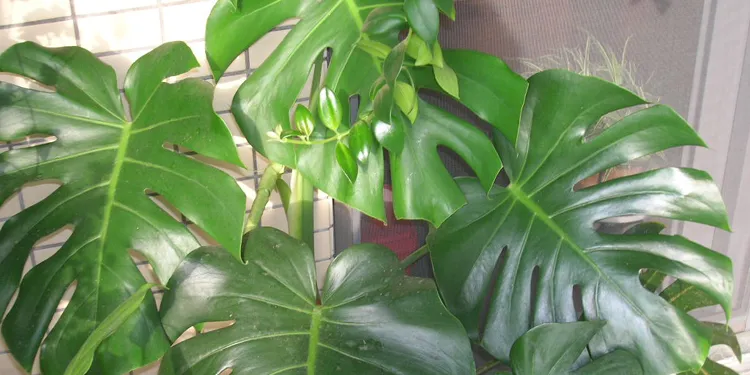 Temperature stress leads to Monstera leaves curling. For example, the effects of sudden high temperature and cold air will lead to the curling of the leaves of Phyllostachys pubescens. We should avoid placing Monstera in a position that is too hot or too cold. We should not place it in the vent of heating or air conditioning. Extreme temperature changes will also lead to rapid loss of water, This is also an important reason for the curly leaves of Monstera.
Temperature stress leads to Monstera leaves curling. For example, the effects of sudden high temperature and cold air will lead to the curling of the leaves of Phyllostachys pubescens. We should avoid placing Monstera in a position that is too hot or too cold. We should not place it in the vent of heating or air conditioning. Extreme temperature changes will also lead to rapid loss of water, This is also an important reason for the curly leaves of Monstera.
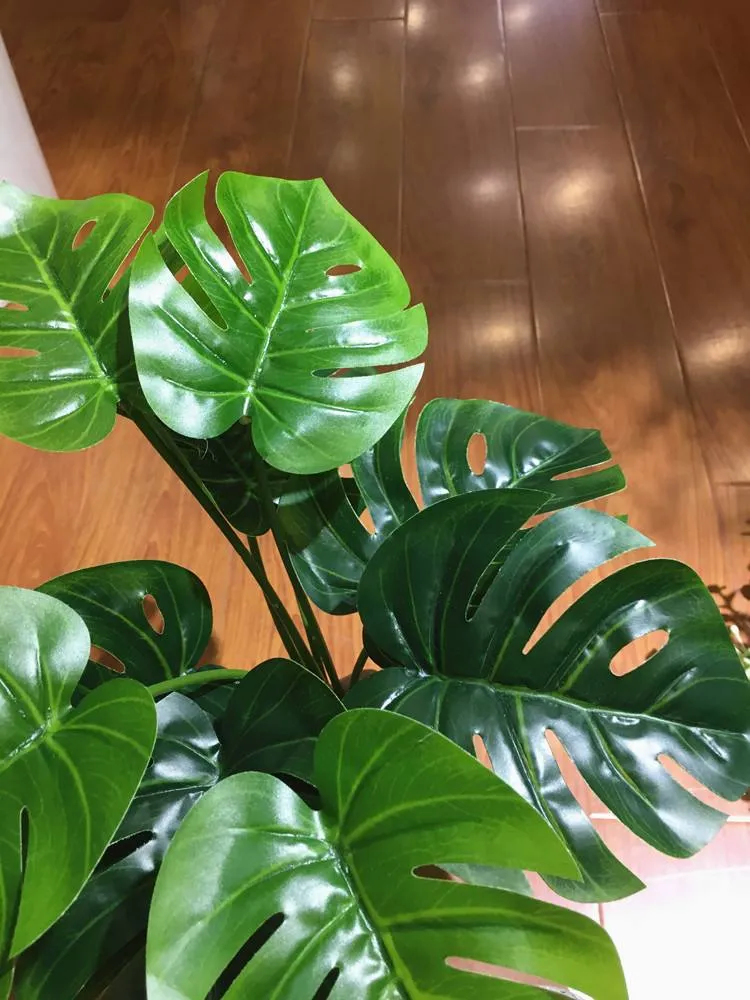 Improver pot often appears in Monstera potted plants that have been cultured for several years. After long-term growth of Phyllostachys pubescens, the pot soil will become less with the absorption of running water and plants. In the past, it will cause problems such as leaf curling or growth stagnation and no new leaves in Monstera.
Improver pot often appears in Monstera potted plants that have been cultured for several years. After long-term growth of Phyllostachys pubescens, the pot soil will become less with the absorption of running water and plants. In the past, it will cause problems such as leaf curling or growth stagnation and no new leaves in Monstera.
Read More:
If the potted monster at home has a perennial environment of high temperature and humidity, there is more scattered light every day to avoid exposure to the sun. In addition, it can grow very fast in spring, summer and autumn. If something clings and grows, it can grow taller and taller. If we find that the leaves of Monstera curl, it is generally the following 8 reasons. Let's learn it together.
UnderwateringOverwateringOverfertilizationLow HumidityChemicals in City Tap WaterTemperature StressPests & DiseasesImproper Pot
Underwatering

- How to Fix
Overwatering
Excessive watering of Monstera will also cause the problem of leaf wilting and curling. Therefore, when raising Monstera, we need to pay attention to moderate watering and better drainage of basin soil, so as to avoid the problem of ponding during watering. Once ponding occurs, we should timely drain or replace some dry soil to absorb excess water, which can help the curled Monstera return to normal.- How to Fix
If the situation of monstera leaves curling is serious, we even need to remove the topsoil to check whether there is blackening and decay at the bottom of the rhizome, which should be handled in time.
If we find the rotten roots of Monstera, we should remove the pot soil in time. After removing the rotten roots, the bottom of the plant should be soaked in the bactericidal solution for half an hour before replanting with new pot soil. (Read More: Monstera Root Rot - Signs & How to Treat)
Overfertilization

- How to Fix
Low Humidity
Most tropical foliage plants prefer the environment with high humidity. If the air humidity is too low, it will lead to poor growth, so we raise Monstera to simulate the environment of tropical rain forest.If the indoor humidity is below 40% for a long time, the state of Monstera will become worse, the leaves will curl and the edges of the leaves will turn brown.
- How to Fix
Potted Monstera and other tropical foliage plants can be placed together, and the "rainforest effect" can be formed through transpiration to maintain the local humidity at a high state to reduce the curl of Monstera leaves.
You can also put a tray at the bottom of the monster flower pot, fill the tray with pebbles, put a little water, and put potted turtle backed bamboo on the pebbles. You can also continuously increase the humidity to reduce the curling of monster leaves.
Chemicals in City Tap Water
The tap water in some areas will contain some fluorine and chlorine compounds, which will kill some beneficial microorganisms in the basin soil. If Monstera potted plants use tap water to supplement water for a long time, it may cause the leaves of Monstera to curl slightly and the edges of the leaves to wither.- How to Fix
Temperature Stress

- How to Fix
Pests & Diseases
Potted Monstera kept indoors may also be infected with pests. For example, when the air is relatively dry, it may lead to the breeding of red spiders, which will make the leaves rough, and some yellow spots will appear on the back of the leaves. They will absorb the plant juice, cause the Monstera leaves to turn yellow and dry, and also cause the Monstera leaves to curl. Starscream is very small. It is difficult to be found and often missed. We must observe carefully. We find that there are some small spots on the back of Monstera's leaves, and the leaf surface becomes rough, so we need to deal with it in time.- How to Fix
Improper Pot

- How to Fix
Read More:
- How to Save My Overwatered Monstera
- Why Does My Monstera Have Yellow Leaves
- Monstera Lechleriana Care Guide 2021
- Monstera Borsigiana VS Monstera Deliciosa
- How to Grow and Care for Split Leaf Philodendron
- How to Grow and Care for Monstera Obliqua Plant
- Philodendron Monstera Care & Propagation Guide
- Rhaphidophora Tetrasperma (Mini Monstera) Care Guide
Latest Updated
- Benefits of Bugleweed - 7 Science-backed Health Benefits
- Bugleweed Dangers & Side Effects - Is It Poisonous?
- How to Plant Evergreen Trees - What You Should Know
- When to Plant Evergreens - Grow Guide for Evergreen Trees
- 12 Wonderful Evergreen Shrubs for Your Garden
- 12 Popular Evergreen Plants with Pictures for Beginners
- When And How To Prune A Lilac Bush Like a Pro
- How to Grow & Care for Lilac Vine (Hardenbergia Violacea)
- Japanese Lilac Tree (Syringa Reticulata) Care & Propagation Guide
- Shumard Oak Pros and Cons - What to Know
Popular Articles
- Winter maintenance of Antirrhinum Majus
- How to Grow Terminalia Mantaly Tree
- How to Grow and Care for Crossostephium Chinense
- How to grow Antirrhinum Majus in spring
- Peristeria Elata (Dove Orchid) Profile: Info & Care Guide
- Underwatered Snake Plant (Sansevieria Trifasciata) - Signs And How To Fix
- How to Care for Brazilian Jasmine Plant (Mandevilla Sanderi)
- How to Grow & Care for Graptopetalum Purple Delight in Summer
- Rosa Chinensis (China Rose): Plant Growing & Care Tips
- How to Care for Baby Sun Rose (Aptenia Cordifolia)